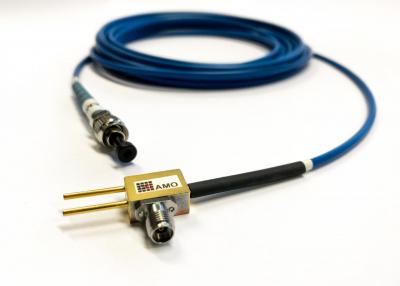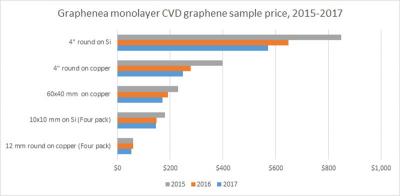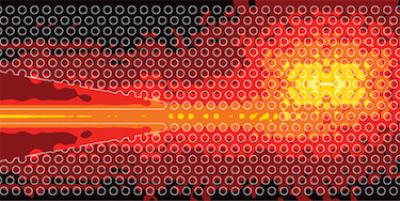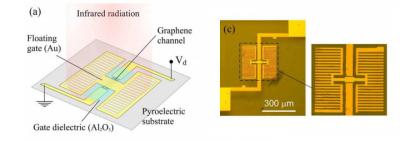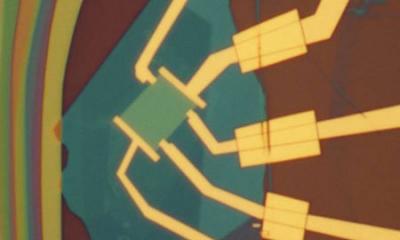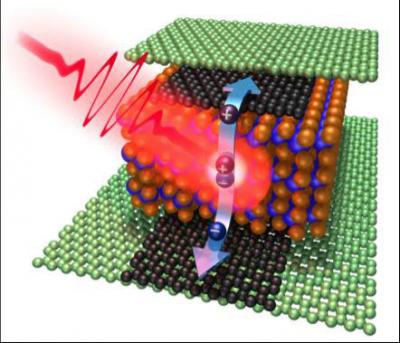High-speed and on-silicon-chip graphene blackbody emitters
A research team from Japan has developed an integrated, high-speed and on-chip blackbody emitter based on graphene. The team reports that the device operated in NIR region including telecommunication wavelengths. A fast response time of ~ 100 ps, which is ~ 105 higher than the previous graphene emitters, has been experimentally demonstrated for single and few-layer graphene, the emission responses can be controlled by the graphene contact with the substrate depending on the number of graphene layers.
![]()
The team stated that graphene light emitters are greatly advantageous over conventional compound semiconductor emitters because they can be integrated on silicon chips due to simple fabrication processes of graphene emitters and direct coupling with silicon waveguide through an evanescent field. Because graphene can realize high-speed, small footprint and on-Si-chip light emitters, which are still challenges for compound semiconductors, the graphene-based light emitters can open new routes to highly integrated optoelectronics and silicon photonics.
